Topics - e-Bulletin
University of Electro-Communications publishes June 2018 issue of e-Bulletin
The June 2018 issue of the UEC e-Bulletin includes short videos of UEC researchers describing their activities in areas including photonics, solar cells, cerebral microcirculation in the brain, and distributing digital information to mobile vehicles.
Research highlights from high impact publications are 'controlling photons with a photon', Haruka Tanji-Suzuki; 'innovative CsSnPbI nanocrystals for photovoltaics', Qing Shen; 'technology for visualizing flow of blood to aid neurosurgery in the human brain', Kazuto Masamoto; and 'multi-access vehicular networks'; Celimuge Wu.
The Topics section features research updates on 'Theoretical aspects of cryptography: How do we know if the system is secure' by Mitsugu Iwamoto and 'Insights into quantum limits of materials: First observation of 100% valley-polarization in solids', by Yuki Fuseya.
News and Events are 'Coherent Optical Science Seminar on Information Optics'; 'UEC-ERATO Symposium on optical frequency combs and ultrashort pulse lasers; and 'The 33rd AWCC Seminar / IEEE Distinguished Microwave Lecture'.
Research Highlights
Photonics research: Controlling photons with a photon
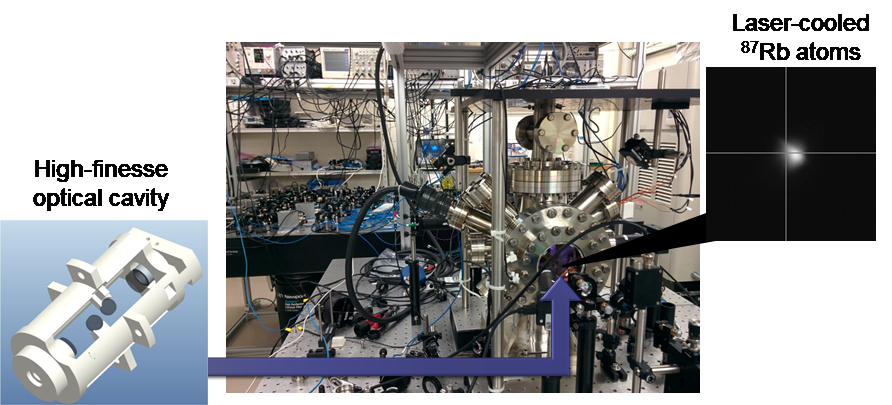
Photons are considered to be ideal information carriers and expected to play important roles in quantum communication and information processing, where quantum mechanics allows for absolutely secure cryptographic key distribution as well as computation much faster than conventional computers. In order to take full advantage of quantum information carried by photons, it is important to make them directly interact with each other for information processing.
Innovative photovoltaic materials: CsSn1-xPbxI3 nanocrystals as phase-stable perovskites
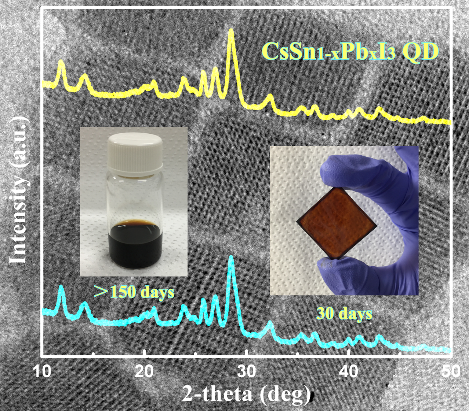
CsSnI3 is a prototype inorganic halide perovskite that has recently been proposed as a strong candidate for photovoltaic applications because of its unique properties as a semiconductor.
Technology for visualizing flow of blood to aid neurosurgery in the human brain
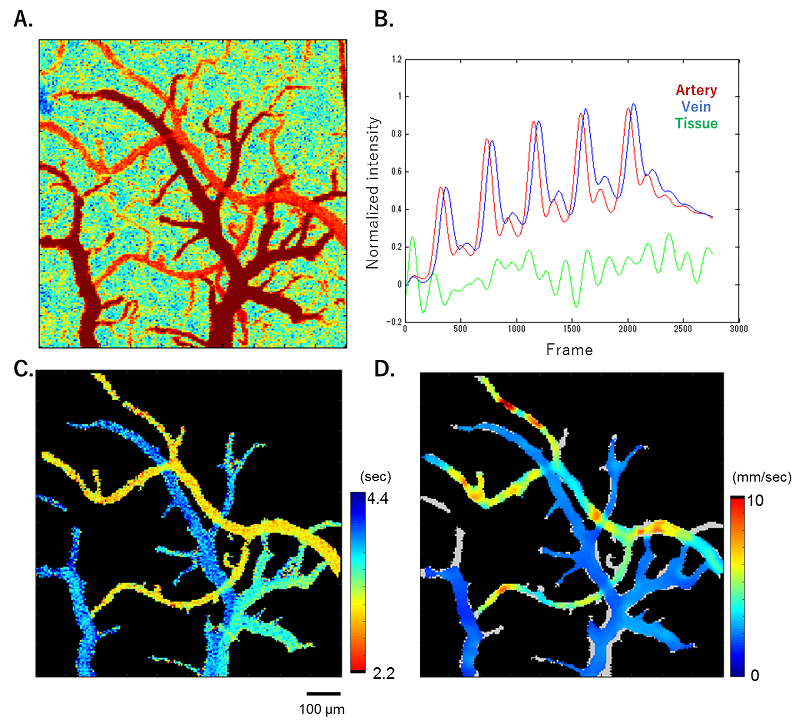
Neurosurgeons conduct vascular recanalization for treatment of cerebrovascular diseases. Successful surgery necessitates surgery the minimization of flow disturbances due to blood during surgical intervention. However, monitoring the flow of blood under surgery is difficult due to a lack of imaging tools for visualizing microcirculation in the brain.
Computational intelligence-inspired clustering in Multi-access Vehicular Networks
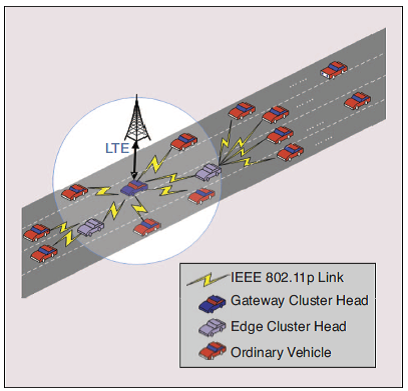
There is an increasing demand for distributing large amounts of digital information to vehicles on the move. However, the current widely used cellular networks are not sufficient due to limited bandwidth in dense vehicle environments. Recently, vehicular ad hoc networks (VANETs) have attracted great interest for improving communications between vehicles using infrastructure-less wireless technologies. IEEE 802.11p is the default standard for providing vehicle-to-vehicle (V2V) communications in VANETs.
Researcher Video Profiles
Haruka Tanji-Suzuki, Associate Professor, Institute for Laser Science.
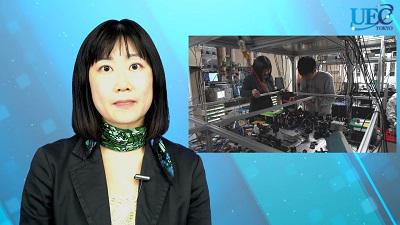
Controlling photons with a photon using cold atoms in an optical resonator
Qing Shen, Professor, Graduate School of Informatics and Engineering.
Perovskite semiconductor nanomaterials for next generation solar cells.
Kazuto Masamoto, Professor, Faculty of Informatics and Engineering.
Visualizing the flow of blood in the body
Celimuge Wu, Associate Professor, Graduate School of Informatics and Engineering.
Multi-access Vehicular Networks
Topics
Theoretical aspects of cryptography: How do we know if the system is secure?
Theoretical research on cryptography plays a central role in the development of information security because only mathematical proofs can rigorously guarantee the accuracy of security models. Namely, how can we be sure if the system is secure?
Insights into quantum limits of materials: First observation of 100% valley-polarization in solids
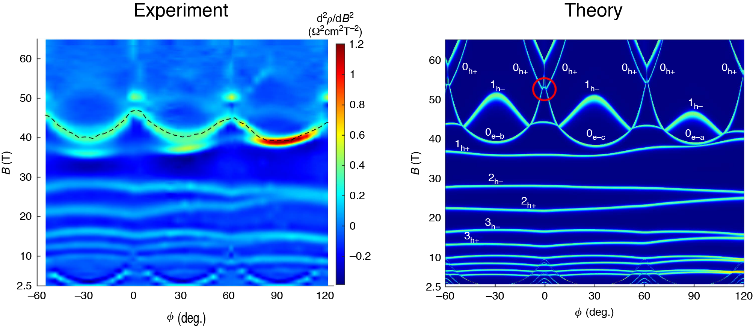
"A fundamental understanding of spin orbit coupling in crystals is a major area of research in modern solid state physics," explains Yuki Fuseya. "Such knowledge plays a critical role in the development of devices made using materials including topological insulators, and multilayers composites for spintronics and multiferroics. I am looking at the transport properties of bismuth to shed light on spin orbit coupling in crystals."
News and Events
Coherent Optical Science Seminar on Information Optics held at UEC, Tokyo
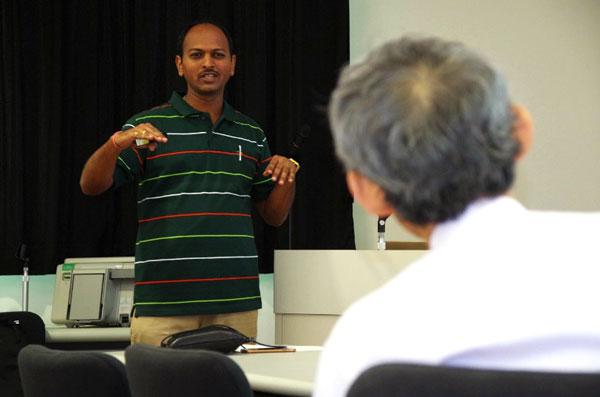
Coherent Optical Science Seminar on Information Optics was held on 21 May 2018 at the University of Electro-Communications, Tokyo.
UEC-ERATO Symposium on optical frequency combs and ultrashort pulse lasers
Scott Diddams from NIST, USA and Seung-Woo Kim from KAIST, Korea--two scientists renowned for their cutting edge research on optical frequency combs and ultrashort pulse lasers--were invited by Kaoru Minoshima (Research Director of the JST, ERATO Minoshima Intelligent Optical Synthesizer Project) and Masayuki Katsuragawa (Director of the Institute for Advanced Science) to present their latest research findings at the UEC-ERATO Symposium, held on 23 April 2018 at UEC, Tokyo.
The 33rd AWCC Seminar / IEEE Distinguished Microwave Lecture is held at UEC, Tokyo.
The 33rd AWCC (Advanced Wireless & Communication Research Center) Seminar / IEEE Distinguished Microwave Lecture (IEEE DML) was held on 28 May 2018 at the University of Electro-Communications, Tokyo.

